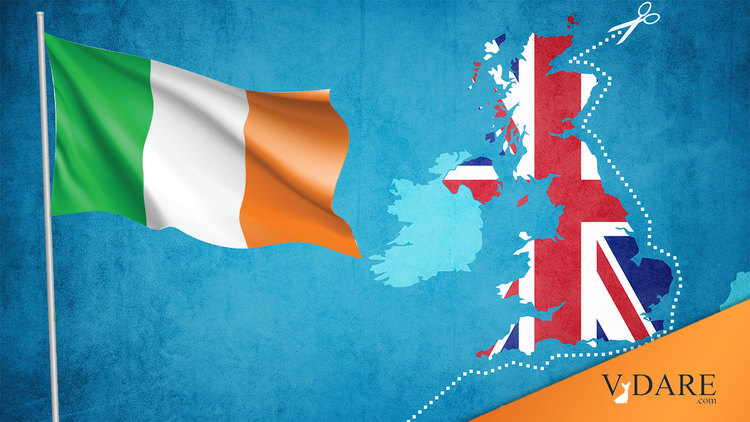From the Washington Post:
Despite peace, Belfast walls are growing in size and number
By SHAWN POGATCHNIK The Associated Press
BELFAST, Northern Ireland — Lee Young, 8, and Cein Quinn, 7, live barely 200 yards apart, but they have never met, and maybe never will.
Lee is Protestant, Cein a Catholic _ and their communities in Belfast's west inner city are separated by a wall called a peace line. It's nearly 40 years old and 40 feet high.
Ten years after peace was declared in Northern Ireland, one might have expected that Belfast's barriers would be torn down by now. But reality, as usual, is far messier. Not one has been dismantled. Instead they've grown in both size and number. … Instead, for dozens of front-line communities of Belfast, fences still make the best neighbors.
"The Troubles" began at these sectarian flashpoints in the late 1960s, and survive today in a legacy of mutual fear and loathing. The rate of sectarian killings has fallen to virtually zero thanks to cease-fires underpinned by IRA disarmament, and the feeling on both sides is that the barriers help keep that peace. …
In this city of 650,000, roughly half Catholic and half Protestant, only the university district and upper-class streets, chiefly on the south side, bear no clear-cut tribal identity.
There's something quite similar in Beirut, where the one street open to all ethnicities runs by the American University.
A lot of ethnic struggles aren't driven so much by mass hatred as by thugs, most of them young, who get into scrapes with the other side. In the meritocratic uplands, it all seems irrelevant. But down in the lowlands, where social ties are less determined by having unusually high IQs or particular talent, but by blood and neighborliness, the young thugs are nephews and cousins and neighbors' nephews and cousins. While they may be sons of bitches, they're our sons of bitches.
Catholic colleagues on occasion have invited him across the wall for an after-hours pint at their pub. He won't go. "You'd be afraid that they might recognize you're from the other side. Am I too tight in the eyes?" he said, referring to a stereotype of Protestant eyes supposedly being closer together.
That's the first stereotype I've heard of Belfast Prods and Taigs being even theoretically distinguishable by sight. I've always described the Northern Irish troubles as a classic racial struggle between two partly inbred extended families. They haven't been separated long enough to undergo much selection for different looks, but so what? Thinking of them like this helps you understand the situation better.
People tend to look at me like I'm crazy when I say this because everybody knows that race is only about skin color. So therefore, the Troubles have to be about religion (even though most of the active participants in the Troubles are too hung over to make it to church on Sunday morning).













